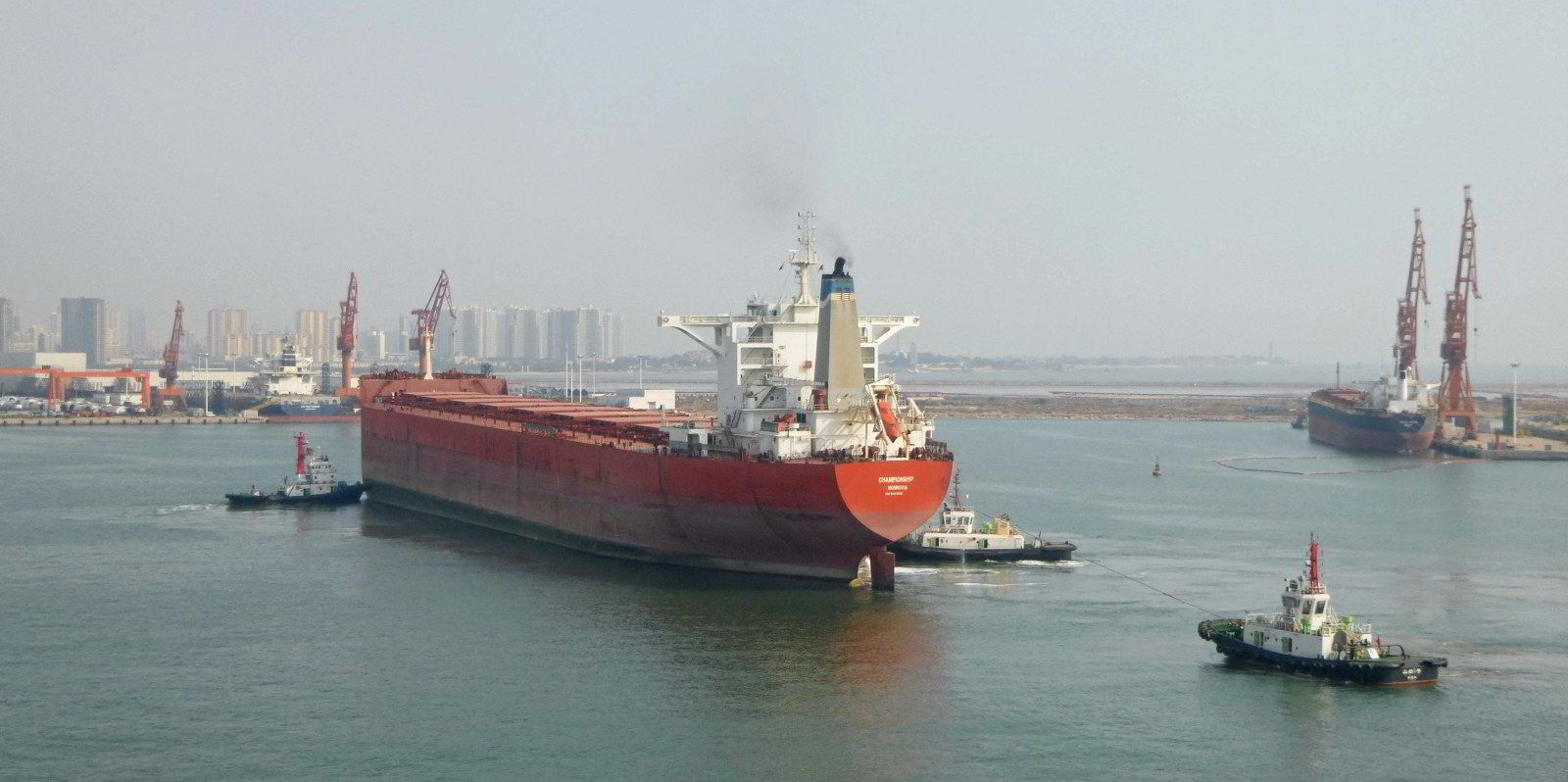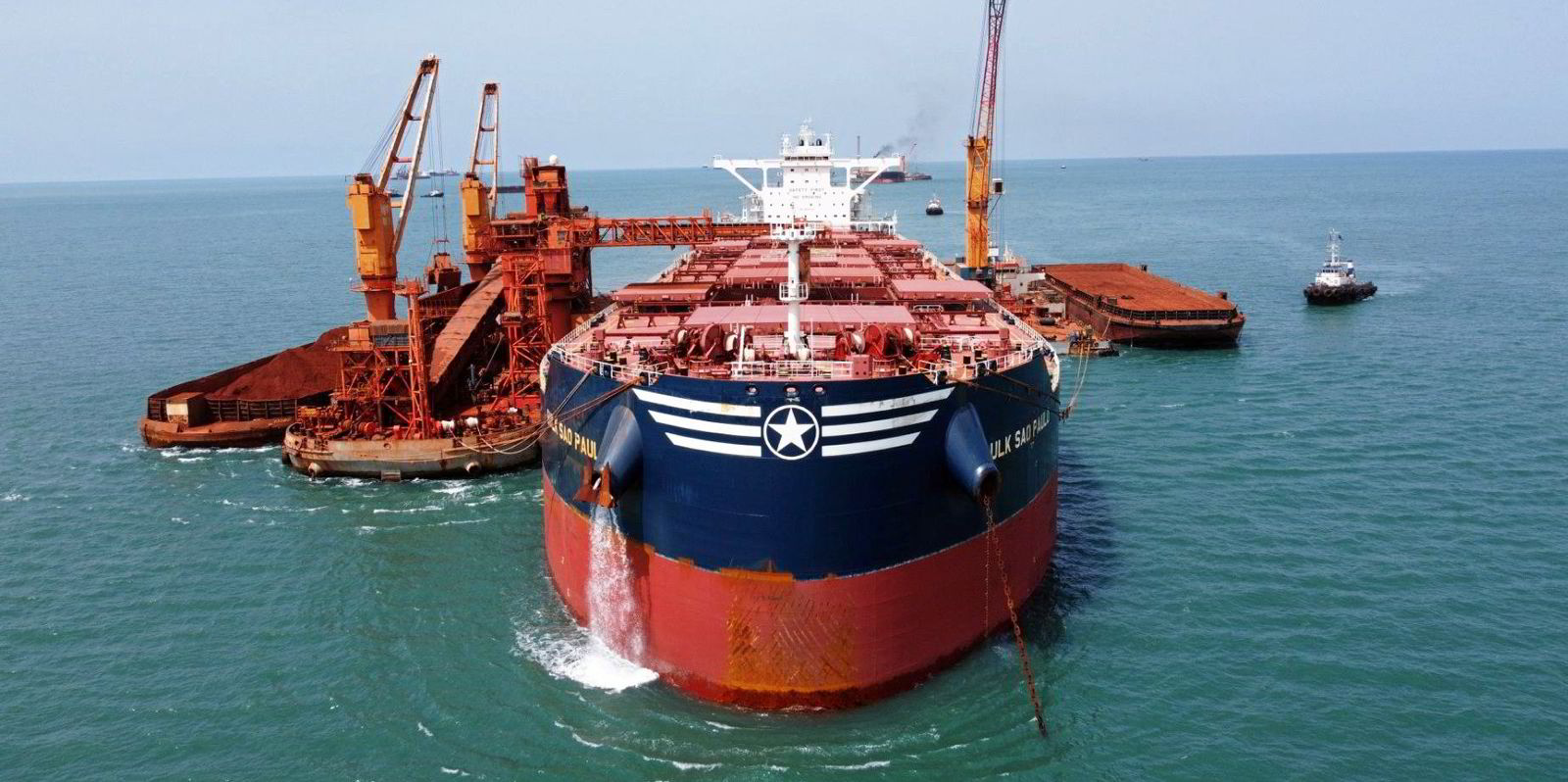Capesize spot rate rises are not matching increases in demand as caution remains over China’s rebound, shipowners organisation Bimco believes.
Analyst Filipe Gouveia said that during the first five months of 2023, demand for the large bulkers increased 5% year on year and vessel supply was up only 3%.
“Nonetheless, spot rate increases remain hesitant, largely due to concerns over China’s fragile economic recovery,” he added.
Demand growth was supported by a 4% increase in average hauls, due to higher exports from Brazil and Guinea, and higher volumes of long-haul Russian coal, Bimco calculated. Cargo volumes increased only marginally, though.
There was a 2% year-on-year rise in the capesize fleet capacity, plus a 1% increase in ship supply from fleet productivity.
Gouveia noted that congestion for capesize ships fell compared with a year ago, freeing 2% of the fleet, while sailing speeds dropped on average by 1%.
“The improved supply/demand balance has allowed rates to recover from the low levels observed between August 2022 and February 2023. However, over the past week spot rates have once again come under pressure,” he said.
Rates recovering
The Baltic Exchange’s capesize index fell 58% between its most recent peak on 10 May and its most recent low on 2 June.
The rapid decline was driven by weaker rates for transatlantic voyages due to low import demand from Europe for coal and iron ore. Rates have since started to recover as ships reposition, Gouveia said.
Competition from panamaxes could also be contributing to weaker capesize rates.
According to the Baltic’s panamax 5TC index, earnings are less than $10,000 per day, unusually low for this time of year.
Given the weak spot rates, Gouveia believes larger panamaxes might compete with smaller capesizes for cargo.
“On top of these developments, China’s fragile economic recovery might still be the largest obstacle to stronger capesize rates,” he argued.
“The Chinese government is currently working on a stimulus package to further aid the real estate sector. If the package is strong enough to drive construction activity, capesize demand and rates could see some support.”
TradeWinds reported that average spot rates for capesize bulkers achieved a second day of gains on Tuesday after falling steadily for nearly four weeks as Australia sends more iron ore to China.
“Higher Australia-China bookings have been a key driver to start this week,” Jefferies analyst Omar Nokta said.
The average spot rate for the C10 iron ore route between Australia and China jumped 26.4% on Tuesday to $16,170 per day — the highest it has been in about two weeks.
“The main activity has yet again been focused on shipments from West Australia to China,” the Baltic Exchange said.
“Brokers have said there is still a lack of coal enquiry from East Coast Australia, although this is not having any negative impact on the market.”





